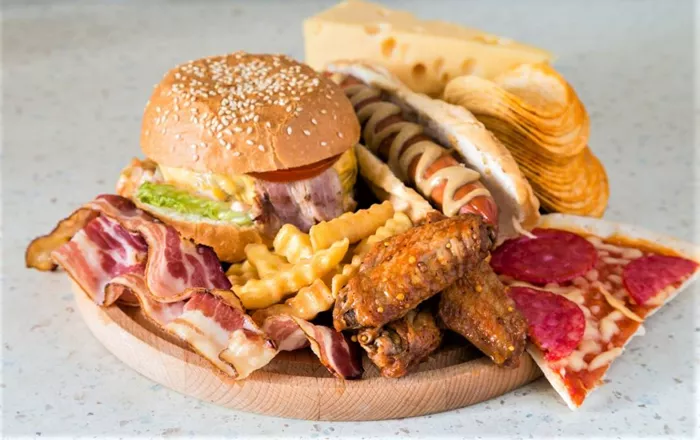A recent study published in the Public Health Nutrition journal has raised concerns over the growing consumption of ultra-processed foods (UPFs) in the U.S. Nearly half of all grocery purchases in American households are now ultra-processed, with snacks, soft drinks, and mixed dishes leading the pack. The research highlights how these foods are more common in households with lower incomes and education levels, with certain racial and ethnic groups purchasing them more frequently.
The study, which analyzed over 33 million food and beverage purchases from 59,939 U.S. households in 2020, found that 48% of packaged foods and 38% of beverages were ultra-processed. These foods are made with additives and ingredients that are rarely used in home cooking. Previous studies have linked UPFs to various health issues, including obesity, heart disease, and depression.
Key Findings
Ultra-processed foods accounted for 43% of all products purchased in 2020.
The largest categories of UPFs included carbonated beverages (90%), soups and mixed dishes (81%), and snacks and sweets (71%).
Fruits, vegetables, and healthy fats showed almost no ultra-processing, but they represented only 12% of total food purchases, whereas UPFs like sugary drinks and snacks made up 36%.
Disparities in Purchases
The study found significant differences in UPF purchases based on income, education, and race. Households with lower incomes and less education purchased more ultra-processed foods. Non-Hispanic white households were found to purchase the highest percentage of ultra-processed products, with 49% of their food and beverage purchases falling into this category.
Lower-income households and those with less education were also more likely to buy UPFs. While the study observed that these trends were consistent across ethnic and racial groups, it noted that non-Hispanic Black households purchased more dairy beverages and fruit juices compared to others.
Impact on Health
Ultra-processed foods have been linked to several chronic diseases and are often designed to encourage overconsumption. Experts argue that the high consumption of these foods is contributing to rising health problems in the U.S., especially among disadvantaged groups. The study also points to the lack of federal regulations on ultra-processed food consumption, which is a critical area for policy intervention.
Methodology
This study used data from a consumer panel survey, collecting information on food purchases made by U.S. households. The researchers employed the NOVA classification system, which categorizes foods based on their level of processing. Products containing additives like artificial sweeteners and flavor enhancers were classified as ultra-processed.
Conclusion
While the study provides valuable insights into the eating habits of American households, it also highlights the urgent need for public health interventions. The growing dominance of ultra-processed foods in grocery carts calls for stronger policies to encourage healthier eating and address the rising rates of chronic diseases linked to poor diets. Despite some limitations in the study, the findings make it clear that reducing the consumption of UPFs could significantly improve the nation’s health.
Related topics:
- California Moves To Eliminate Ultra-Processed Foods From Public Schools By 2032
- Want To Cut Back On Ultra-Processed Foods? Try This New Tool For Healthier Grocery Shopping
- What 60% Of Ultra-Processed Foods In The U.S. Mean For Your Health


